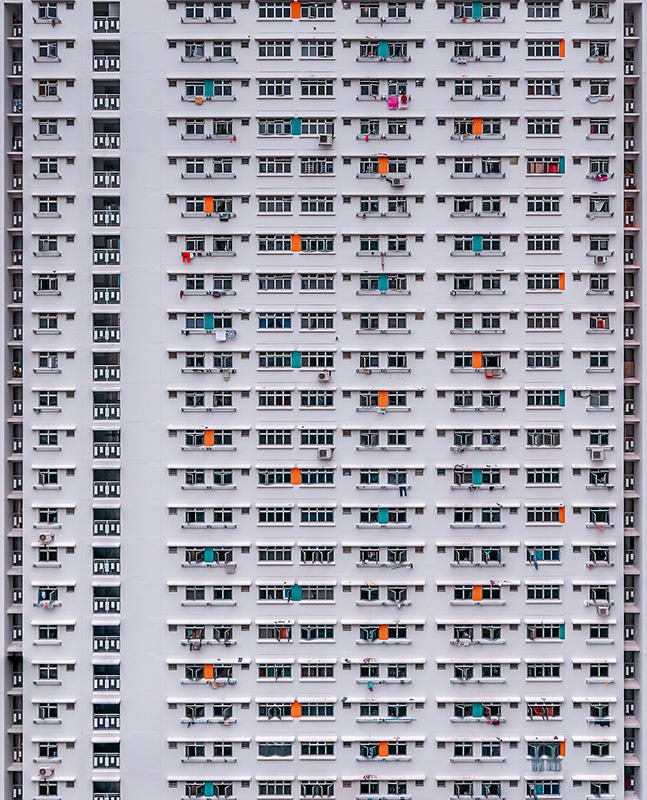Architecture photography is a genre filled with its own interesting opportunities. Buildings can be the perfect subjects with their unlimited angles, and they’re great at keeping still. Photographer J.D. Lin talks to SNAPSHOT about how he changes the way we look at man-made structures with creative architecture photography.
Photographing man-made structures is a unique opportunity to practice your craft with interesting framing, shutter speed, aperture, and other camera settings that struggle with moving subjects. The sheer size of the subject also presents an interesting challenge of perspectives.
J.D. Lin’s photos capture familiar façades while still highlighting the design, the man-made symmetry, and the intense views architecture can often give us. He shares a few tips on how he finds the right shot:

EOS R, RF15-35mm f/2.8L IS USM, f/4, ISO 100, 1/125s, 15mm
How do you determine the best angle/composition/area to showcase architecture?
For me, I always try to find an angle of architecture that depicts a form of symmetry, leading lines or a pattern, which is always aesthetically pleasing.
What is your usual process to photographing an architecture?
The most important thing is to find out if there is an opening period of that particular structure you want to photograph and whether the authorities allow photography within it. The last thing you want to do is waste your time going to the site only to find out you can’t take any shots of it.

EOS R, RF15-35mm f/2.8L IS USM, f/11, ISO 100, 1/60s, 15mm
Once at the site, my normal process is to always look around in search for any interesting structural aesthetics, such as the façade, look up and look down view of the structure and go on to shoot from there.
 LEFT: EOS R, RF15-35mm f/2.8L IS USM, f/4, ISO 250, 1/125s, 15mm
LEFT: EOS R, RF15-35mm f/2.8L IS USM, f/4, ISO 250, 1/125s, 15mm
RIGHT: EOS R, RF15-35mm f/2.8L IS USM, f/4, ISO 160, 1/80s, 15mm
What camera settings have you experimented with? Can you share some with us?
As you are dealing with fixed structures here, a tripod is always good to have especially when you are shooting in low light situations or when you need to get a clean, perfect frame (when dealing with symmetry), which shooting handheld can’t achieve.
As for aperture settings, I always go for higher aperture settings - another valid reason to have a tripod with you - especially when dealing with depth (e.g. look-up view of a tall building). With a higher aperture, everything is in focus which is great unless you are going for that out of depth look.

EOS R, RF15-35mm f/2.8L IS USM, f/5, ISO 400, 1/100s, 20mm
Another important thing is the lens you are using. Always have the widest lens available with you when shooting architecture as there will definitely be situations where you find yourself in a confined space. A wide lens can allow you to take the shots you want.

EOS R, RF15-35mm f/2.8L IS USM, f/11, ISO 100, 8s, 15mm
Can you share with us the shot that you liked best, why you liked it, and the story behind it? Also, how did you achieve the shot?
My personal favourite is the symmetry shot of a temple in Thailand. I always go for shoots alone, and rarely have I incorporated the human element in my architecture shots. However, for this particular shot, especially as the place is a very famous spot, I thought it would look unique (compared to other pictures of the location) to feature a monk.
So, by overcoming language barriers and fear of rejection, I randomly asked a monk in the temple to pose for me, and I really liked the end result.
Any tips that you would share for a beginner?
One important tip I would like to share for beginners is to have fun and just let your creativity flow.
Take whatever shots you want and be sure to take multiple shots of them. Never take just one shot unless you are very confident you nailed it. With today’s digital cameras, you shouldn’t be worrying about how many shots you can take, so just fire away.
When you approach architecture as a creative photographer, you can create images that inspire awe. You have the chance to reveal beauty in buildings and cityscapes that city-dwellers often ignore.
Plan your trip, plan the shots you want to take, heed J.D. Lin’s advice, and grab your tripod to start discovering the beauty of the concrete jungle that surrounds you.
For similar articles:


































